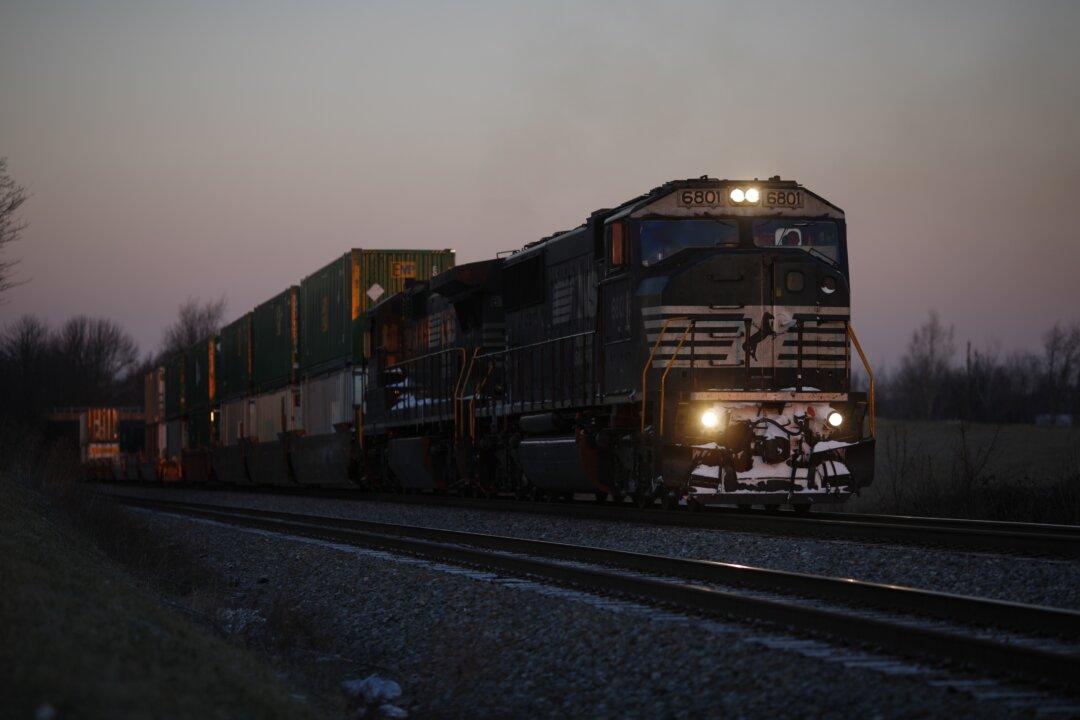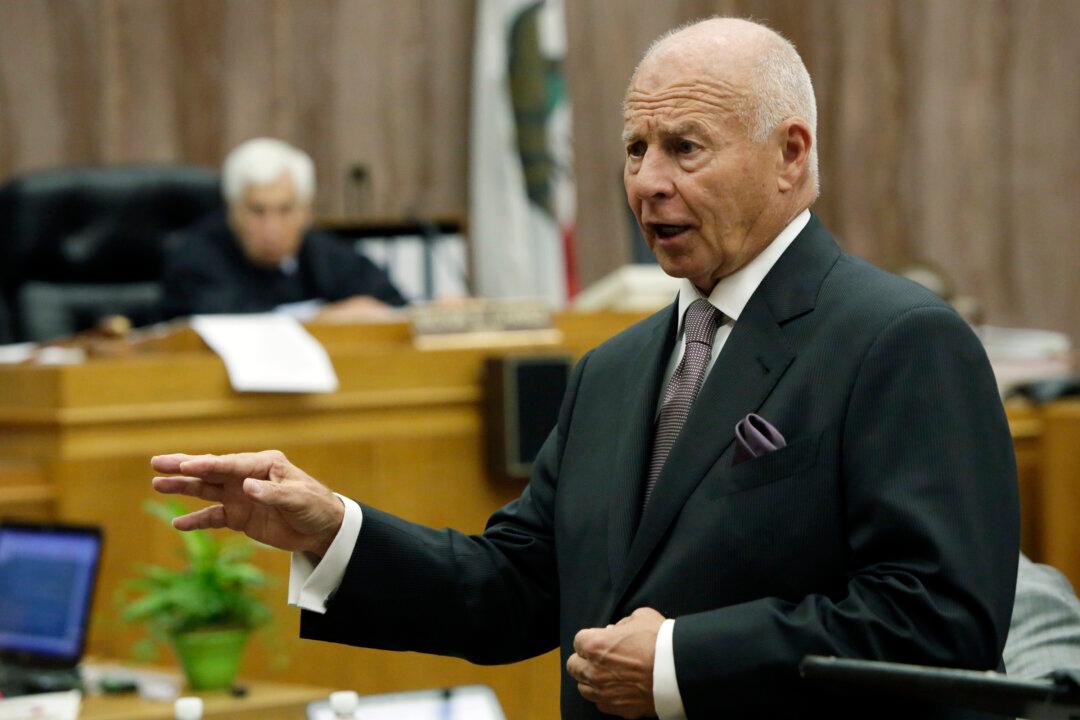After two years of deliberations, the Surface Transportation Board (STB) this week approved the acquisition of Kansas City Southern Railway Company (KCS) by Canadian Pacific Railway Limited (CP)—subject to a number of conditions and an extended oversight period. 800 new jobs are set to be created in the Unites States as a result of the merger, according to the board.
The combination will be known as Canadian Pacific Kansas City—or CPKC, and will link the United States, Canada, and Mexico. In the first railroad merger of this magnitude in two decades, Canadian Pacific’s $30 billion acquisition of Kansas City Southern was approved on March 15, and involves the combination of the two smallest major railroads operating in the United States. CPKC will remain the smallest of all the major freight routes, with an estimated 20,000 miles of track.




